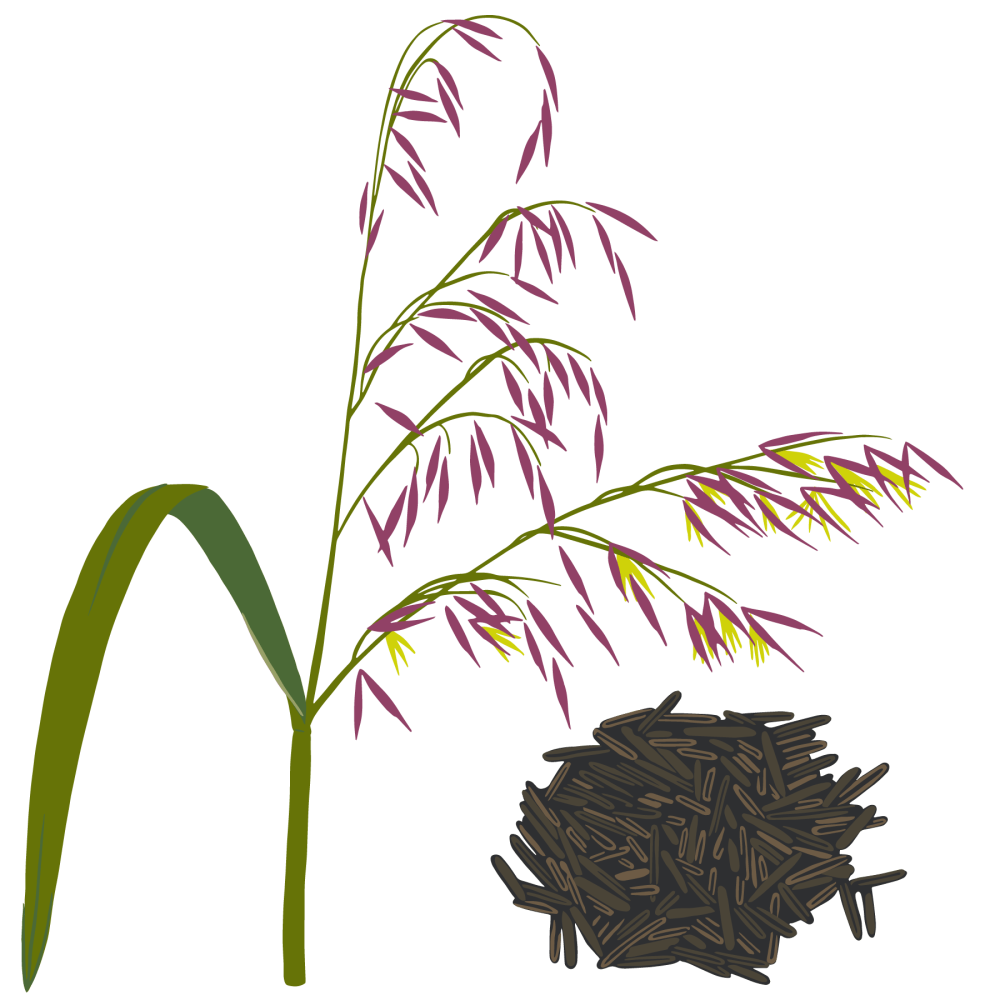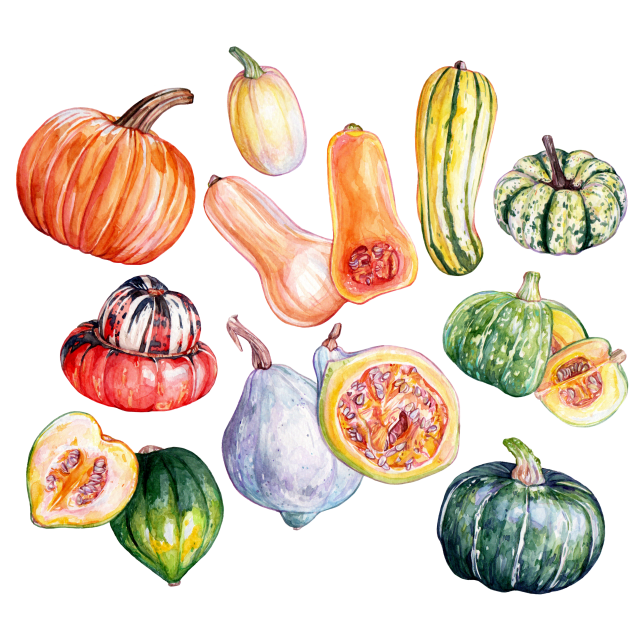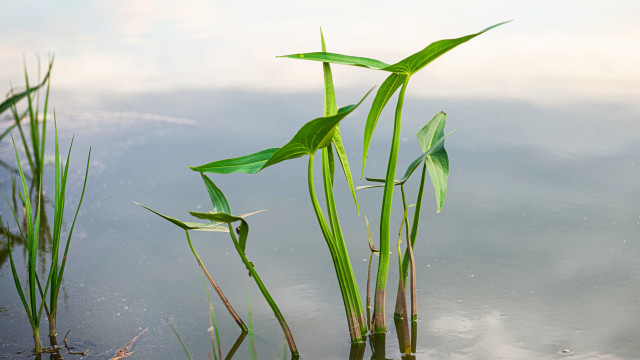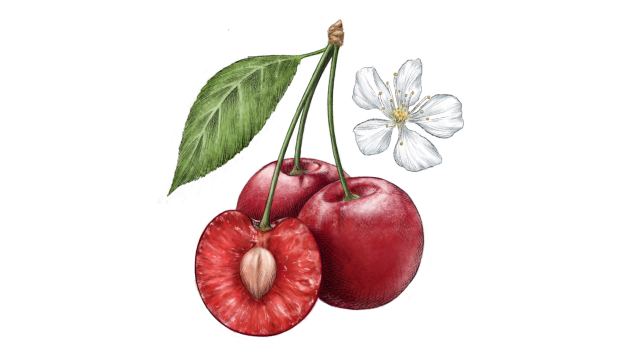Wild Rice

Latin Name: Zizania palustris, Z. aquatica
Uses: grain
What is wild rice?
Wild rice is any of the four species of aquatic grasses with edible grains, though most of what we see in markets is northern wild rice. Wild rice remains an important cultural food to several Indigenous North American peoples like the Ojibwe and Cree. Wild rice is best known for its long, slender, black grains, but don’t confuse it with forbidden rice, which is a domesticated rice. When shopping for wild rice, look for long, unbroken grains and check the freshness date.
Why is wild rice healthy?
This long, slender grain packs a nutritional punch, delivering high levels of protein and several essential minerals like phosphorous, magnesium, and zinc. It’s an excellent energy source for athletes, as it provides building blocks for both bone and muscle. Regular consumption of wild rice may reduce the risk of colorectal cancer.
What does wild rice taste like?
Wild rice has a pleasantly chewy texture and nutty, toasty fragrance and flavor similar to long grain brown rice.
How do I use wild rice?
Wild rice can be used in most applications where brown rice would be used and takes a similarly long simmer to fully cook. Feel free to combine it with brown rice during cooking, but if you want to mix it with white rice cook them separately and then combine. Cook wild rice in salted water or broth; you can add a splash of white wine to the cooking liquid for added flavor. Wild rice is a wonderful addition to pilafs and casseroles (with or without other types of rice), and its sturdy texture makes it ideal for soups and rice salads.
What does wild rice pair well with?
Its flavor is perfectly complemented by aromatics such as onions, shallots, and celery; intense/woodsy herbs like sage, thyme, lovage, and rosemary; and toasted nuts and nut oils. It also pairs beautifully with other Great Lakes traditional ingredients like maple syrup, wild mushrooms, pumpkin, huckleberries, and chokecherries (especially dried).
Where does wild rice grow?
Wild rice is a wetland grass that grows throughout the Great Lakes region of North America; there are other species endemic to Texas (where it’s endangered by habitat loss and pollution) and the Gulf Coast, as well as one native to China (primarily the stem, not the grain, is eaten in Asia). Today wild rice is commercially grown in inundated paddies in California and Minnesota, Saskatchewan, plus Hungary and Austria.
How to buy wild rice:
The grains should smell fresh and a little nutty, not stale.
Fun wild rice fact:
Like several other grains, wild rice is susceptible to infection by the toxic ergot fungus — the source of the psychedelic drug lysergic acid diethylamide (better known as LSD), so if you forage your own wild rice, keep your eye out for splotches of pink or purple and/or fungus outgrowths.





